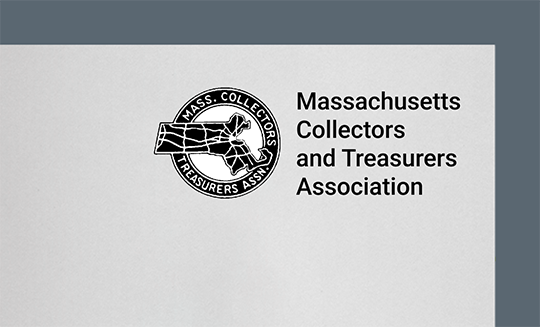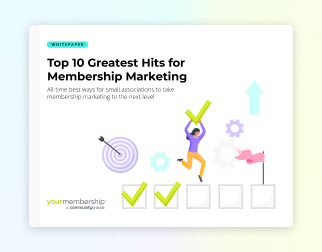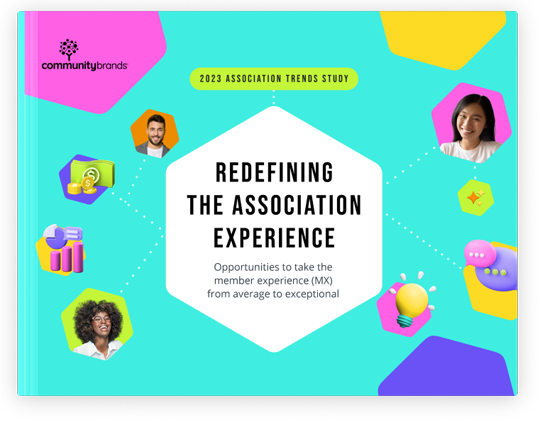At the start of every new year, Talented Learning CEO John Leh offers his take on learning technology trends to watch. This year, he focused on 15 predictions for learning and development professionals to keep in mind.
John’s predictions come from his continuous market research, his frequent consulting interactions with LMSs, and his more than 20 years of experience in the learning solutions industry. His insights are designed to offer pragmatic, concrete support for learning technology decisions in organizations of all types, including associations and other member-based organizations.
We found five of John’s 2017 predictions particularly important for association leaders to consider. So, if you want to improve education and professional development for your members during 2017, here are five learning trends (plus a bonus!) to keep in mind.
Counting backwards:
5. Long live the LMS.
The LMS has evolved from a cost-reduction tool to a profit-making engine for many types of organizations. Although the definition and application of the LMS has expanded, its core mission is essentially the same. There’s always a need to bring learners and content together in a measurable way. Instead of dismissing the LMS, I think people mean to say that they have had enough of big, boring, complex, expensive, talent management LMSs looking like databases, are socially unaware and ignore informal learning.
4. Right size your learning technology investment.
With the emergence of specialist LMS options, 2017 is a buyer’s market. If you haven’t rebid your LMS solution during the past few years, you are leaving money on the table to invest in other critical aspects of your learning business. Due to specialization, new buyer-friendly license models and decreased set-up costs, 2017 is the year for smart organizations to determine if they are paying too much for too little and then do something about it.
3. Adaptive learning improves.
Adaptive learning is the process of automatically recommending content to users based on user profile data, stated interests, content they like or dislike or comment on, data on their calendar, and mandatory learning. Usually, this is displayed via a personalized wall just like Facebook or LinkedIn. The content can be formal learning, such as micro videos, or informal content, such as posts, articles, blogs and research papers.
The problem with today’s adaptive learning is it’s too rudimentary. The idea that practical, real-life, non-human curated content can be dynamically driven to learners during their daily work day in consumable quantities to improve performance is admirable. But, it’s still a work in progress. Look for improvement in 2017.
2. Productized integrations: Plug-in access to tech ecosystems.
The modern LMS is not an isolated point solution. Instead, it’s an integral part of a broader business technology ecosystem. This means that instead of an LMS vendor recreating a custom integration time and time again, and charging each new customer for the solution, vendors provide a simpler integration that can be switched on or off for a fee or at no extra cost. This isn’t just LMSs. This is a revolution in all cloud-based software that shifts the focus to quick results.
1. Video: Another tool in the kit.
Throughout my career, there’s always been the next sizzle feature or delivery medium that promises to change everything and eliminate the need for live instructor-led training. It’s now video. Video is a useful, affordable tool—one of many in the instructional design kit. Like always, the decision to use video and/or any instructional media will be a combination of audience, learning objective, business goal, timeline and budget.
Bonus trend to watch for: Mobile apps add value.
Ten years ago, when the mobile revolution caught the LMS industry flat-footed, major LMS players rolled out apps to claim the innovation mantle. In reality, it was to cover up the non-responsive nature of their core application, so mobile users got a watered-down version of the LMS.
During the past five years, innovative vendors have modernized and hundreds of new vendors were born in the mobile age. Now, it’s difficult to find an LMS that doesn’t work on most devices, browsers and operating systems. As a result, mobile apps are becoming value-add, providing features not available in an LMS, such as presence sensing live registration, disconnected content, texting, sales apps, informal learning recording, and more.
For the rest of John’s predictions, read his original post at Talented Learning.
For other insights about how to improve the impact of your association learning strategies, check our learning center resources.
What do you and your association think is the next big thing for learning technology in 2017? Let’s chat about it.






